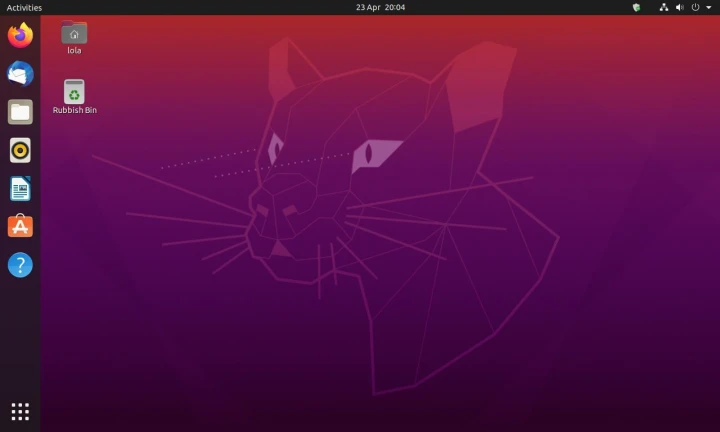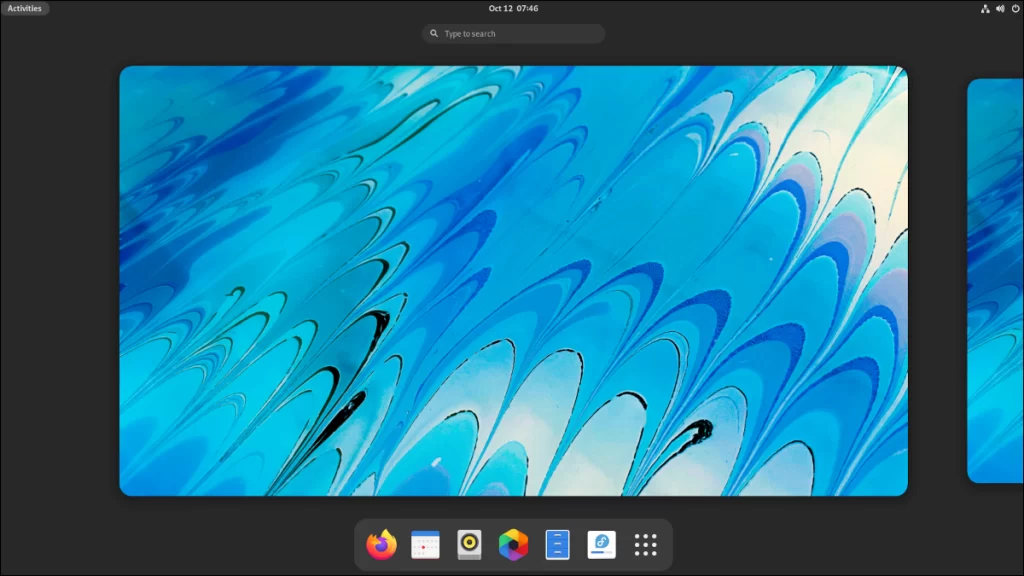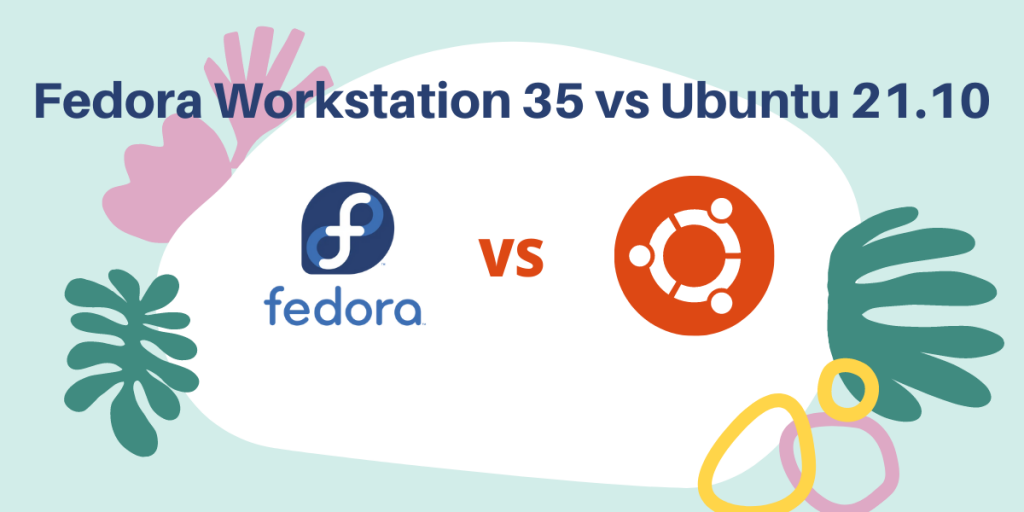In this article, let’s compare the Fedora Workstation vs Ubuntu. Ubuntu, developed by Canonical, is the most popular Linux distribution of all time. It is extremely user-friendly, and the default settings make sense to most users. It is based on Debian Sid and there are many Linux distributions such as Linux Mint or Pop_OS!, which are based on Ubuntu.
Fedora Linux, on the other hand, is developed by Red Hat, and is treated as the testing ground for their Red Hat Enterprise Linux (RHEL), which means, you get bleeding edge software and features along with your OS. Like Ubuntu, Fedora Linux also acts as a base for many Linux distros, such as Nobara and Bazzite.
Fedora Workstation vs Ubuntu Linux
Let’s now compare Fedora Workstation vs Ubuntu and find out which one suits you the best!
1. User Interface comparison between Fedora and Ubuntu

Ubuntu ships with a heavily themed version of GNOME Desktop (which is usually a version or two behind), whereas if you use Fedora Linux, you get the latest version of vanilla (pure) GNOME Desktop Environment. GNOME 40 first arrived in Fedora, even before a bleeding-edge distribution like Arch.
But, because of its release cycle of Ubuntu, it usually lags behind one or two versions of the GNOME Desktop and therefore Ubuntu users have to wait 6 months, or sometimes a year to get new shiny features (in the case of LTS releases).
This also has an advantage, though – early adopters encounter a lot of bugs, while Ubuntu users don’t have to deal with that.
What’s your preference? Do you want your distro to be stable, or do you want to have all the latest software packages and features?

2. Package Managers in Ubuntu and Fedora
Ubuntu is based on Debian, and therefore its package manager is apt. While easy to use for a new Linux user, installing packages via the command line requires typing a longer command when compared to Fedora. For example, to install GIMP on Ubuntu you will first have to update the repositories and then install GIMP
sudo apt update && sudo apt install gimp
Fedora automatically updates the repositories for you when you try to install a package, for example,
sudo dnf install gimp
This will automatically update the dnf package manager and install GIMP.
Also, the defaults of dnf are not that good. Instead of ‘Y’ as default, ‘n’ is selected when you have to confirm to install a package. However, this can be fixed by modifying the dnf.conf file, and that requires extra work.
This comparison of package managers is obsolete if you choose to install your applications through GUI tools such as the app store or software center. Both the distros ship with a very user-friendly Software Center from where you can install all the applications in various formats (DEB, RPM or Flatpak).
Ubuntu also ships with another package manager called ‘Snap’. But, this is not preferred by many individuals as the back end of Snaps are closed source and according to many, this goes against the Free and Open Source Philosophy.
Comparing .deb vs .rpm packages in Ubuntu and Fedora
If an application you need is not available in the software manager, you would need to download the .deb (Debian package management) on Ubuntu and then manually install the package, whereas, in Fedora, you would download the .rpm package.
This can be a determining factor for you, so please check if any software you require has an official Deb or RPM package on their official website.
Pipewire vs Pulse-Audio
Fedora is the only distribution that ships with Pipewire as default. You can however install and set up anything between Pipewire and Pulse-Audio, but that will require you to type a few commands in the Terminal. Ubuntu ships with Pulse-Audio.
What is the Pipewire and Pulse-Audio, you might ask? Long story short, if you want to do Audio related work on your system or just want to stream from your PC, you do it via either Pipewire or Pulse-Audio, they’re both audio servers.
And what is the difference?
Well, Pipewire is heavily developed and preferred among the users because it makes it easy to capture audio from multiple devices at the same time and stream it to different applications or platforms. These features are not available in Pulse-Audio, which is shipped by default on Ubuntu.
Pre-installed Software – Bloatware
Ubuntu while installation, gives you an option to choose a minimal installation or to install additional packages which include office suite like LibreOffice, and a few games like Mahjongg and Mines. Fedora, on the other hand, does not have any GUI bloat installed on it.
So you don’t have to remove any extra packages which you don’t want. Both of them however ship with the default GNOME packages such as Gnome disks, Cheese, etc., and removing them will break the dependency on which GNOME works. Fedora pretty much ships the stock GNOME, however Ubuntu customizes it with its classic orange theme.
Conclusion: Ubuntu or Fedora, Which one is for you?
In my opinion, Fedora is a good choice as an operating system for both novice and experienced users as it gives you a lot of choice regarding packages and display drivers such as the Nvidia drivers. Plus, Fedora users get refreshing Desktop Environment upgrades every six months and in my use case in the past 2–3 years, they have all been pretty stable.
Ubuntu as a Desktop was a good choice for a daily driver initially, however they have made several choices which are not liked by the community, such as the inclusion of their Snap package manager as a default. You can use Ubuntu if these issues do not bother you.
